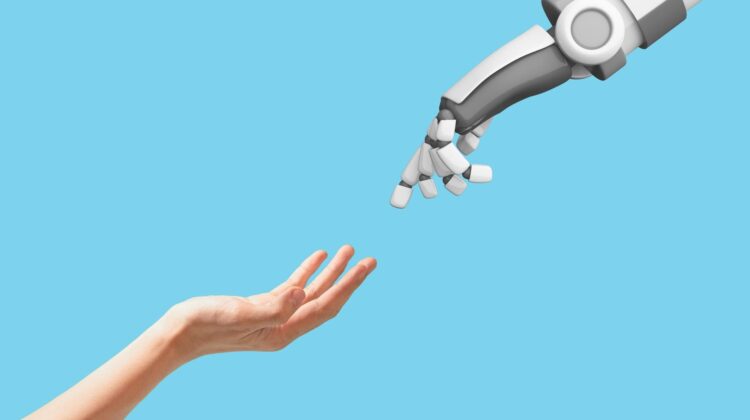
AI-Fostered Ingenuity: Cultivating the Imagination of the Emerging Generation
In a period characterized by the ubiquitous presence of technology in almost every facet of human existence, ranging from modes of communication to methods of labor, it comes as no astonishment that artificial intelligence (AI) is progressively assuming a pivotal role in shaping creativity. The era where creativity was exclusively attributed to human inventiveness has faded into the past; today, with the emergence of AI-driven tools and platforms, the landscape of creativity is undergoing a profound metamorphosis.
The convergence of AI and creativity is not a novel occurrence. For decades, scholars and pioneers have been delving into the potential of AI to enrich and even surpass human creativity. From AI-crafted artworks to compositions generated by algorithms, the horizons appear boundless. Nonetheless, what distinguishes the current epoch is the unparalleled complexity and availability of AI-driven creative resources.
One of the most notable advancements in AI-powered creativity is the advent of generative adversarial networks (GANs). These neural networks comprise two competing algorithms: a generator and a discriminator. While the generator fabricates new content, such as images or music, the discriminator evaluates the genuineness of the created content. Through a process of iteration and enhancement, GANs exhibit the capability to produce remarkably authentic and imaginative outcomes.
Consider, for instance, the domain of visual art. Artisans and architects are harnessing AI’s potential to explore novel realms of creativity. Employing tools like DeepDream and StyleGAN, creators possess the ability to manipulate and generate images in unprecedented ways. Whether fabricating surrealistic landscapes or transfiguring countenances into mythical beings, AI-powered art is pushing the confines of conventional artistic expression.
Likewise, within the realm of music, AI is redefining the manner in which sounds are composed and produced. Platforms such as AIVA and Amper Music employ AI algorithms to fabricate original compositions tailored to the user’s predilections. By scrutinizing extensive musical datasets, these algorithms can emulate the styles of diverse composers or even concoct entirely novel musical genres. The outcome is a seamless fusion of human inspiration and artificial intelligence.
However, perhaps the most profound impact of AI-driven creativity lies in its influence on education and pedagogy. As educators endeavor to nurture the creative potential of the succeeding generation, AI-driven tools present unparalleled opportunities for exploration and enlightenment. Through the integration of AI into educational settings, pupils can engage in interactive learning experiences that stimulate their imagination and foster critical thinking.
For instance, enterprises such as RoboGarden and Brainly leverage AI to craft personalized learning encounters tailored to the idiosyncratic needs and learning proclivities of each student. By employing adaptive algorithms and intelligent tutoring mechanisms, these platforms furnish targeted feedback and assistance to aid students in mastering intricate concepts and unleashing their creative capacities.
Moreover, AI-powered creativity extends beyond conventional academic disciplines to encompass a diverse array of fields, including design, engineering, and even entrepreneurship. With resources like Autodesk’s generative design software and Google’s AutoML, individuals can harness AI’s potential to tackle real-world predicaments and innovate solutions that were previously beyond reach.
Notwithstanding the immense potential of AI-driven creativity, there exist ethical and societal ramifications that demand careful consideration. As AI grows increasingly proficient at generating creative content, inquiries arise regarding the role of human creators and the authenticity of AI-generated works. Furthermore, apprehensions pertaining to bias and equity in AI algorithms raise pertinent queries regarding who gains access to and benefits from AI-driven creativity.
In summation, the ascendancy of AI-driven creativity heralds a paradigmatic shift in our conceptualization and engagement with the creative process. By harnessing AI’s potential, we possess the capacity to nurture the imagination of the emerging generation and unlock novel realms of possibility. Nevertheless, as we navigate this uncharted terrain of AI-driven creativity, it is imperative that we do so with discernment and a commitment to ethical and inclusive innovation. Only then can we fully realize the transformative potential of AI in shaping the future of creativity and human expression.
Author: Kiera Edwards
Consultant in new technologies, specialising in R&D in Silicon Valley, works with The Deeping in the area of Technology and Innovation
